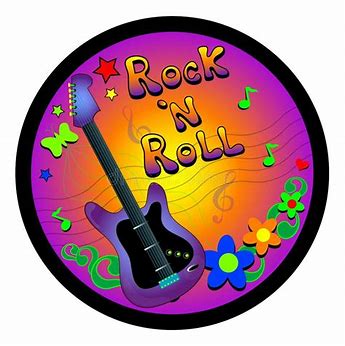Welcome to The Flipside — we’re glad you stopped by!
Thanks for taking the time to swing in and visit us. Whether you’re just cruising through or planning to stick around for a while, we hope you feel right at home.
Be sure to drop in on our chat room in the diner, it’s always open, and the conversation’s always cookin’. Whether you’re reminiscing about rock ‘n’ roll’s golden years or just saying hello, it’s the perfect place to connect with fellow fans.
We’d love for you to share your favorite photos from the 1950s — family snapshots, classic cars, vintage hangouts, whatever you’ve got. Just head over to our upload page and add your piece of history to the Flipside 50’s album.
And don’t forget to check out our Events Calendar to see what’s happening in and around the community. From live music and classic car shows to rockabilly nights and retro fun, we’re keeping the spirit of the ’50s alive and well.
So pull up a stool, stay a while, and enjoy the ride —
You’re always welcome here on the Flipside.


